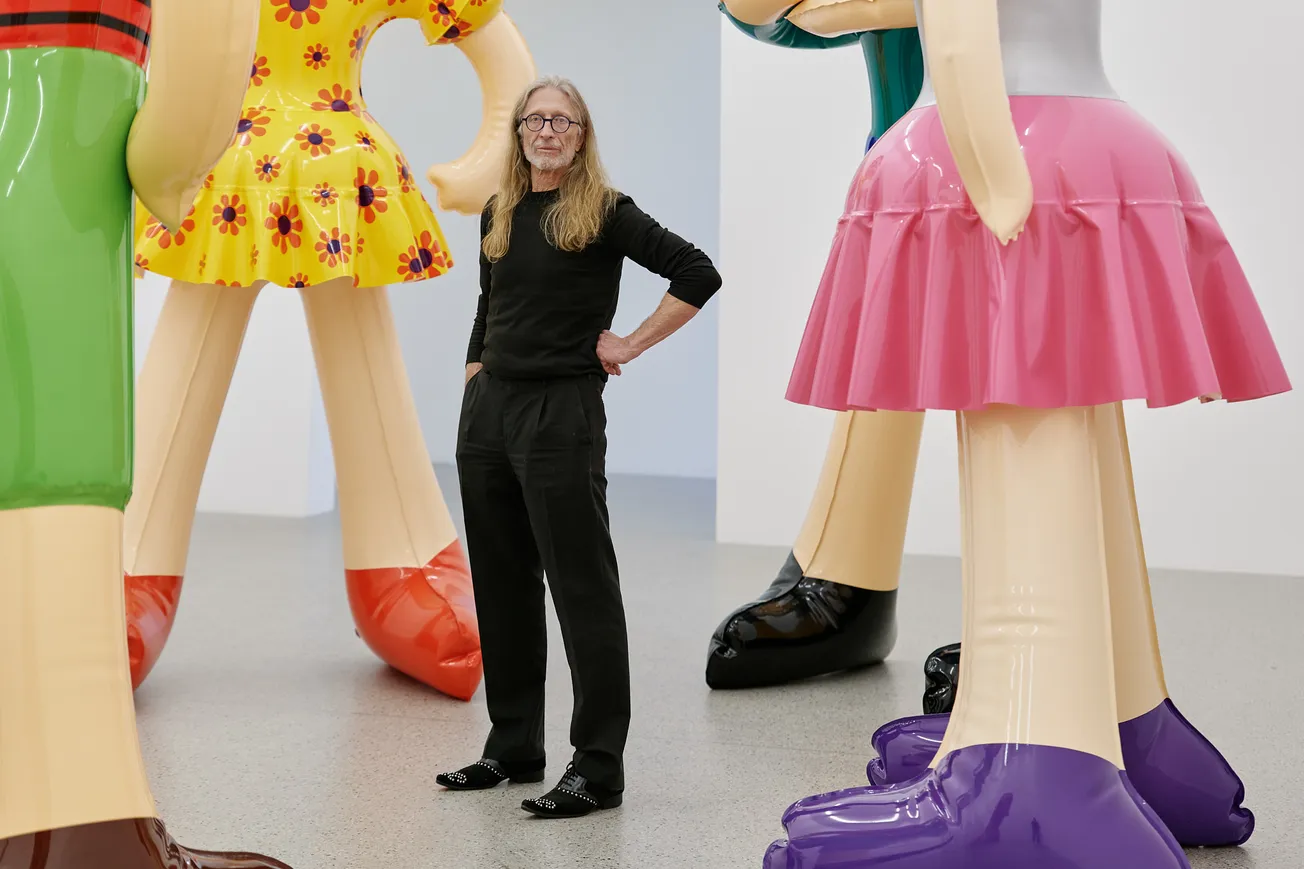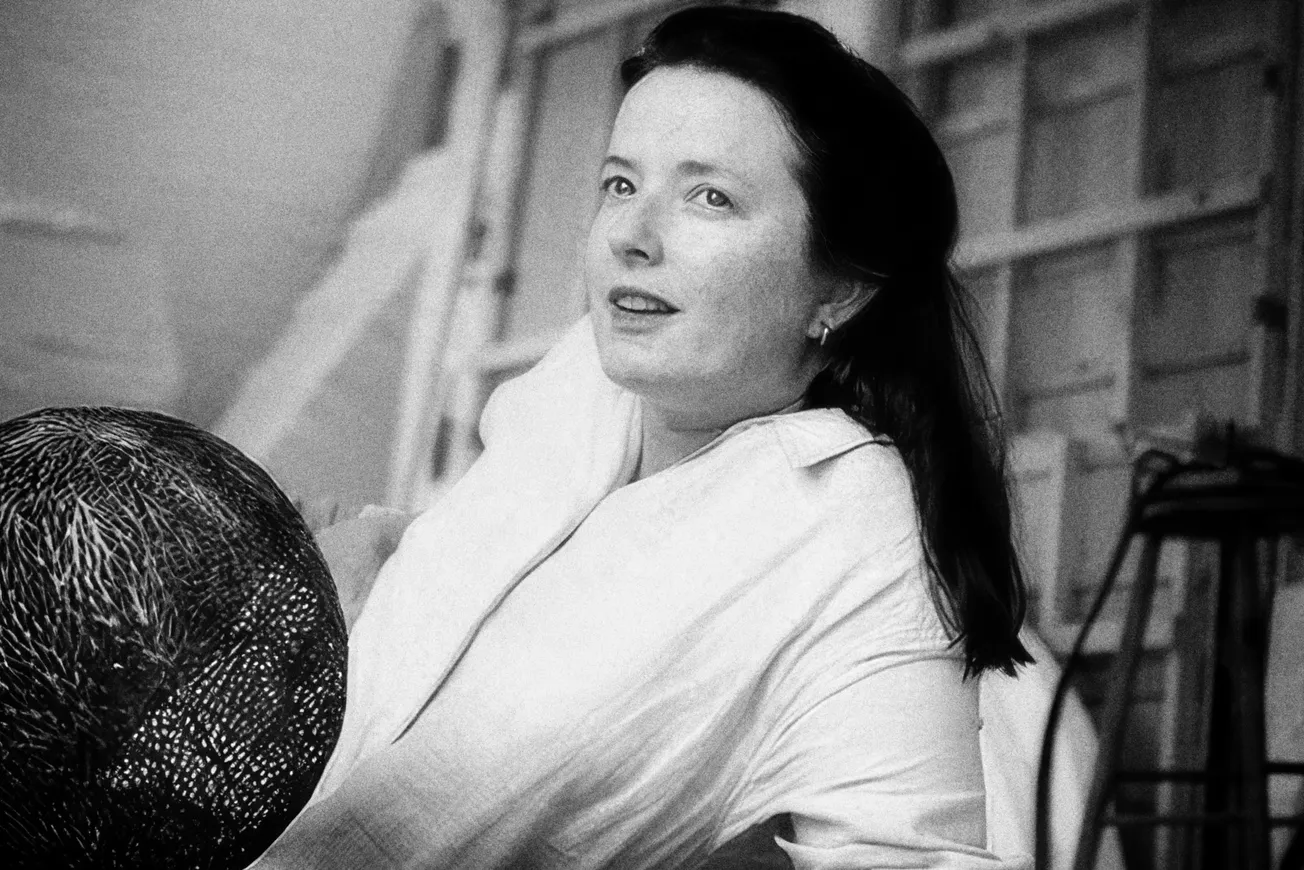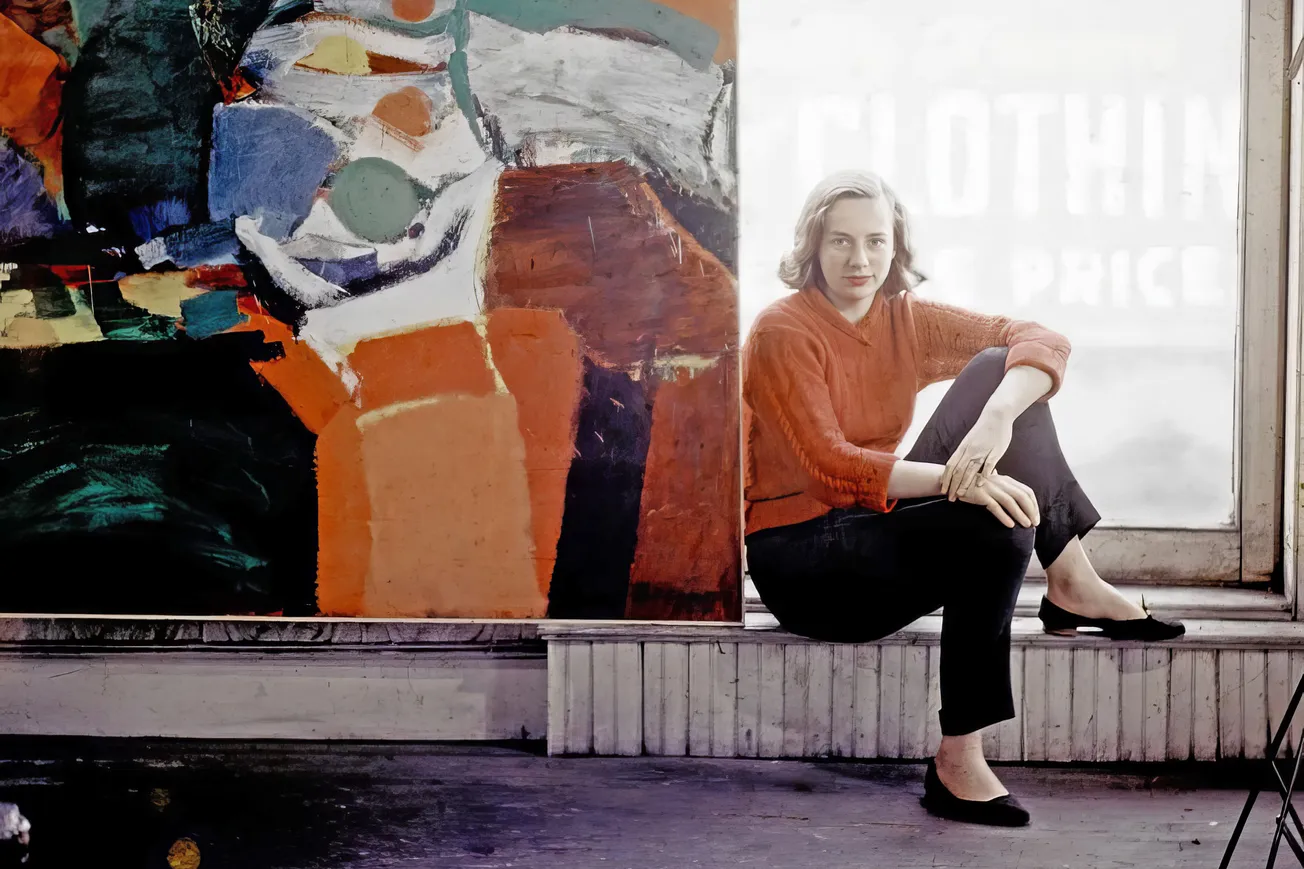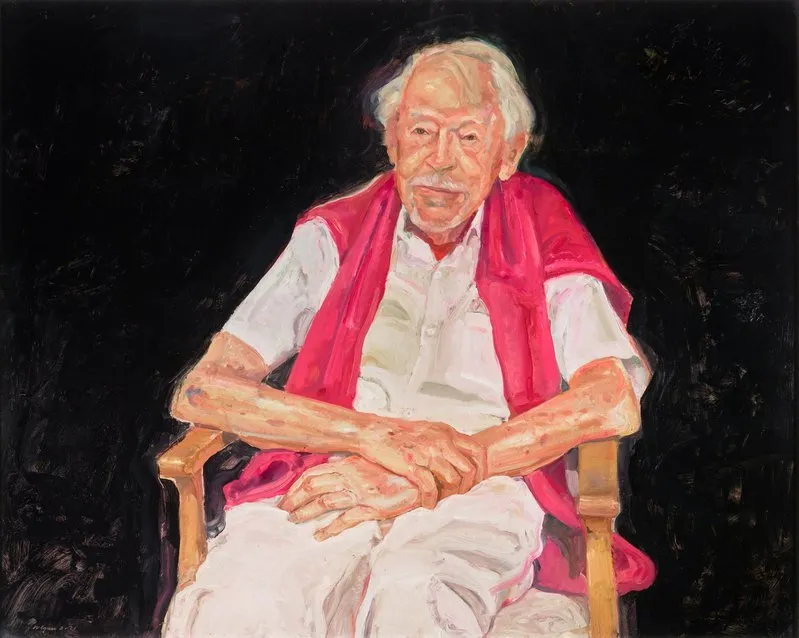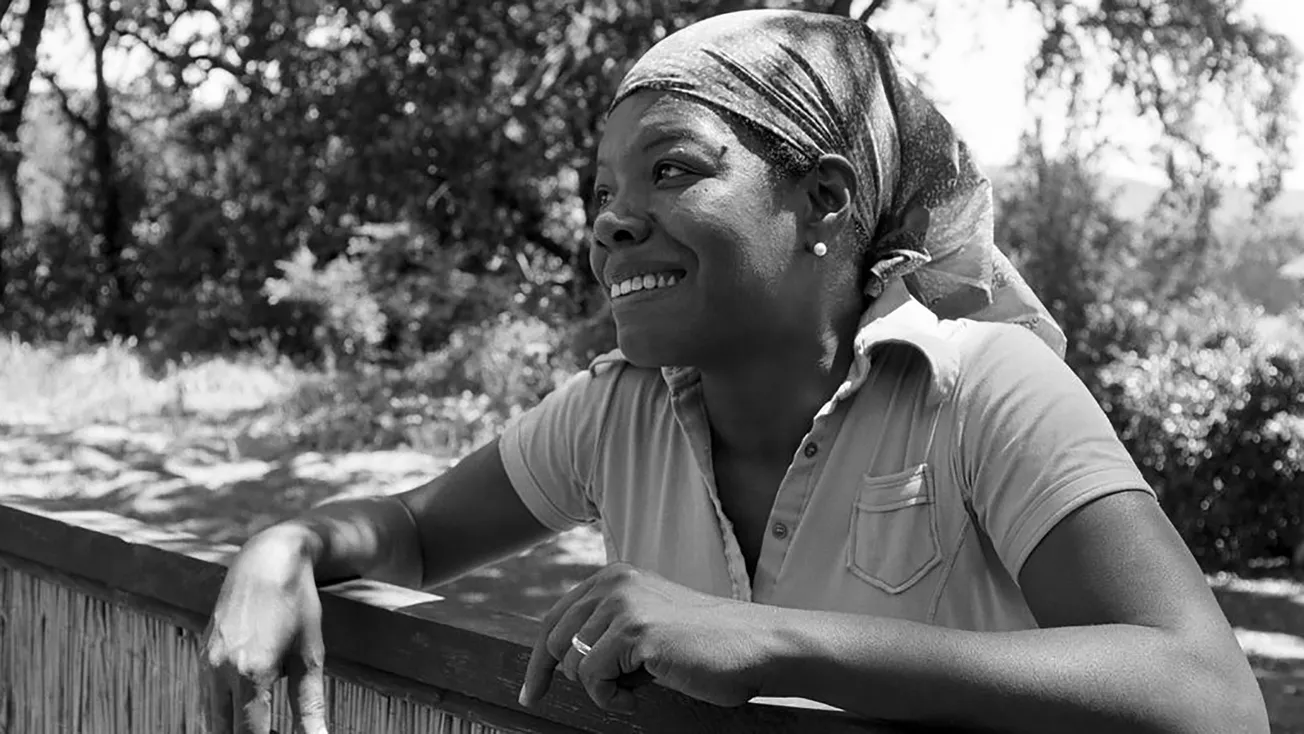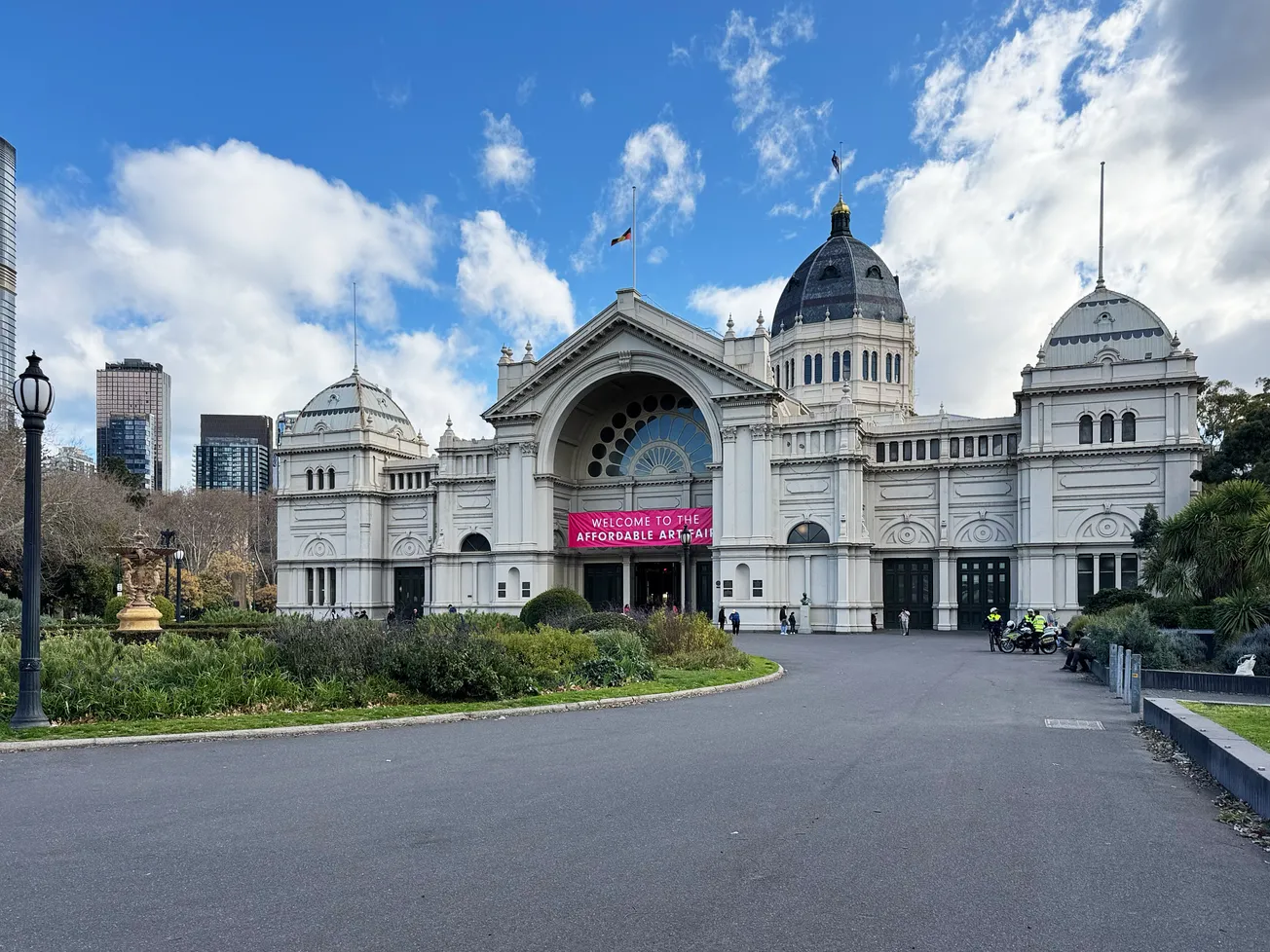Table of Contents
As Australia moves closer to the 2025 federal election, the spotlight is increasingly on the arts sector, which contributes more than $64 billion annually to the economy. Yet, artists continue to face significant financial hardship, earning an average of just $13,937 per year from their art practice alone. This raises an essential question: are Australian political parties genuinely committed to supporting the arts, or is their policy-making simply a strategic electoral move?
Labor: Positive Intentions with Ongoing Concerns
In 2023, the Albanese Labor Government introduced the 'Revive' National Cultural Policy, Australia’s first comprehensive cultural policy initiative in over ten years. The five-year strategy involved a $286 million investment over four years and aimed to place artists centrally within Australian cultural life. It targeted improved representation for First Nations artists, better storytelling opportunities, enhanced institutional support, and broader audience engagement.
Despite its positive intent, the policy has faced criticism for not fully addressing the fundamental economic pressures faced by artists. Many industry professionals argue that the funding is insufficient to rectify persistent financial instability, especially given the rising cost of living and the precarious nature of creative work. While Labor's effort demonstrates clear interest, questions remain regarding the depth and practicality of their commitment.
Coalition: Sparse Engagement Raises Doubts
By comparison, the Coalition’s arts policy appears markedly less developed. Their recent announcements indicate only general intentions to support community wellbeing through cultural activities, with little in the way of detailed initiatives or clear funding commitments. Historically, Coalition governments have overseen reductions in arts funding—during their previous term, arts expenditure fell by nearly 23% per capita. This trend suggests a more superficial engagement with the arts, raising questions about the sincerity of their current policy stance.
Given the historical context and minimal specifics provided, critics argue the Coalition may be viewing arts support primarily as an electoral tool rather than an area of genuine policy priority.
Greens: Advocating Strong Structural Investment
In contrast, the Greens have introduced a detailed, fully costed arts policy reflecting extensive engagement with the challenges faced by Australian artists and cultural institutions. Their proposals include substantial financial commitments such as a $300 million Arts Capital Works Fund, which would finance new performing arts venues across the country, and a $100 million Games Investment and Enterprise Fund designed specifically to support Australia’s burgeoning games industry.
The Greens have suggested implementing a national artists-in-residence program and increasing investment in storytelling that reflects Australia's diverse cultural narratives. Senator Sarah Hanson-Young, the party's spokesperson on arts and culture, has highlighted the necessity of long-term, structural funding mechanisms to secure sustainable artistic practice and improve employment conditions for artists. This detailed policy framework demonstrates the Greens’ robust commitment to addressing the systemic issues within the arts sector.
Evaluating Commitment Versus Political Opportunism
Analysing the current policy positions reveals distinct differences in how Australia's political parties engage with the arts sector:
- Labor shows genuine engagement through the 'Revive' policy but has yet to demonstrate sufficient financial commitment and policy execution to address systemic issues fully.
- The Coalition's sparse engagement and historical funding cuts suggest limited genuine commitment, with their current policy positioning appearing more strategically opportunistic.
- The Greens offer a comprehensive, deeply engaged approach to the arts, clearly targeting systemic financial and structural issues.
Ultimately, while Labor and the Greens display genuine interest, though at varying depths, the Coalition’s limited engagement and lack of detailed policy suggest their interest in the arts may be driven more by electoral considerations than genuine commitment to supporting the sector.


